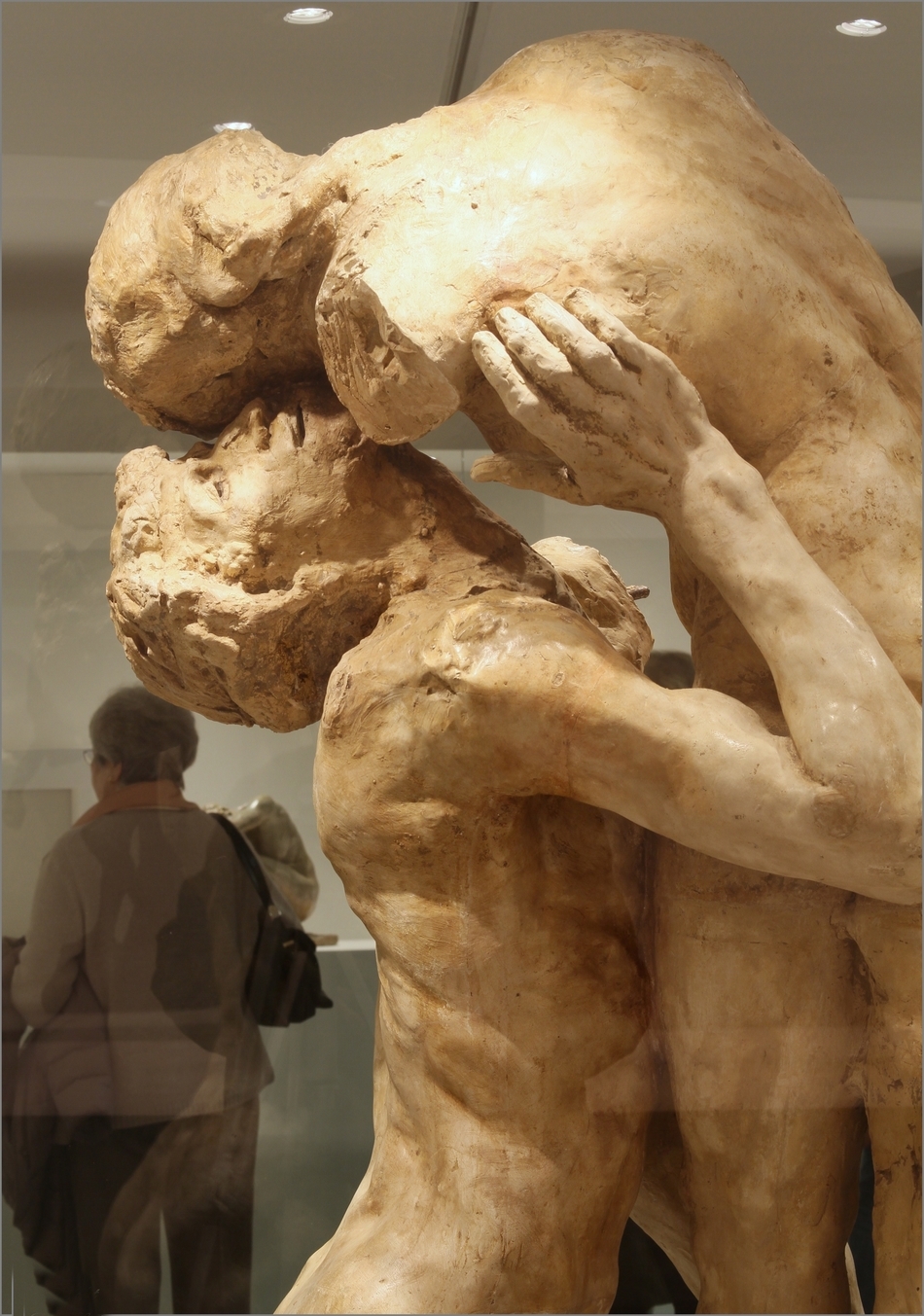Bernardino Licinio (1489-1565) was a painter during the Italian High Renaissance, creating portraits and religious works.
He was born in Bergamo in the town of Lombardy.
It is said that he may have trained in the studio of Giovanni Bellini (1430-1516), a prominent Venetian painter of the Bellini family.
Licinio stayed close to the artistic developments of the Venetian school of painting.
Bernardino Licinio (1489-1565) was a painter during the Italian High Renaissance, creating portraits and religious works.
He was born in Bergamo in the town of Lombardy.
It is said that he may have trained in the studio of Giovanni Bellini (1430-1516), a prominent Venetian painter of the Bellini family.
Licinio stayed close to the artistic developments of the Venetian school of painting.


.jpg)


